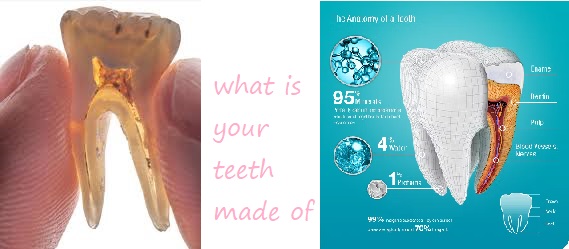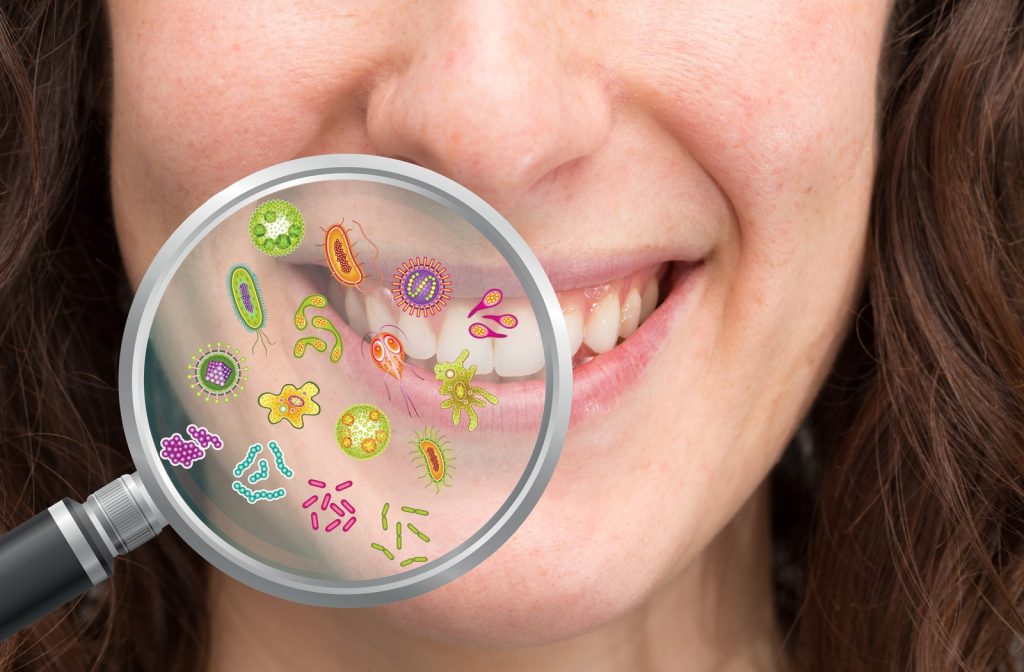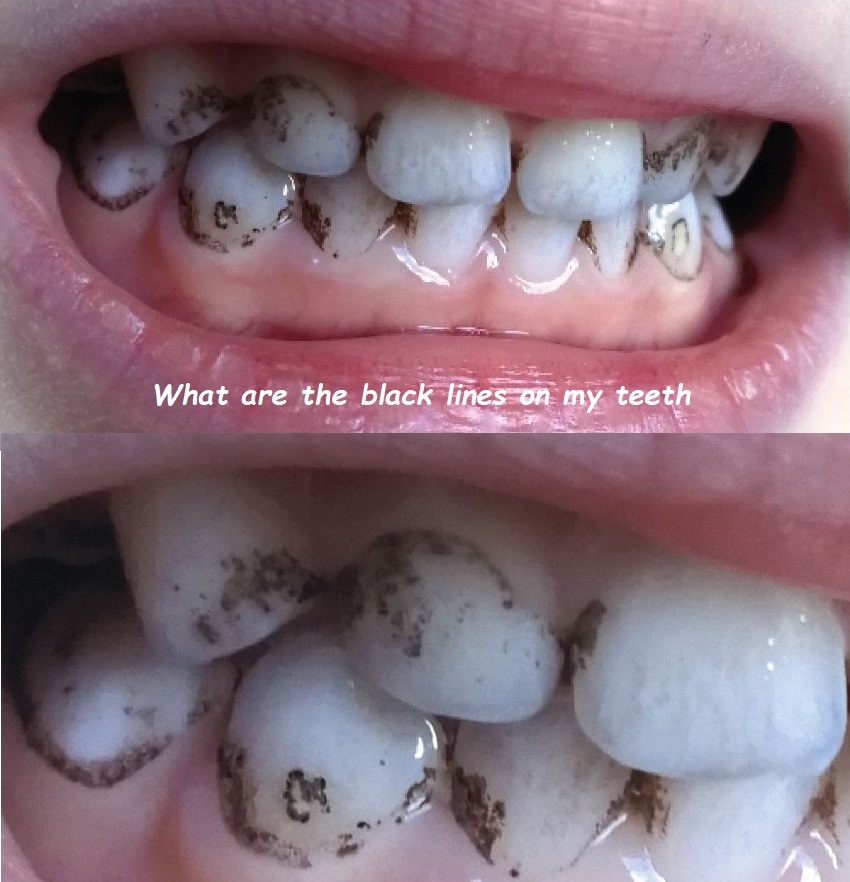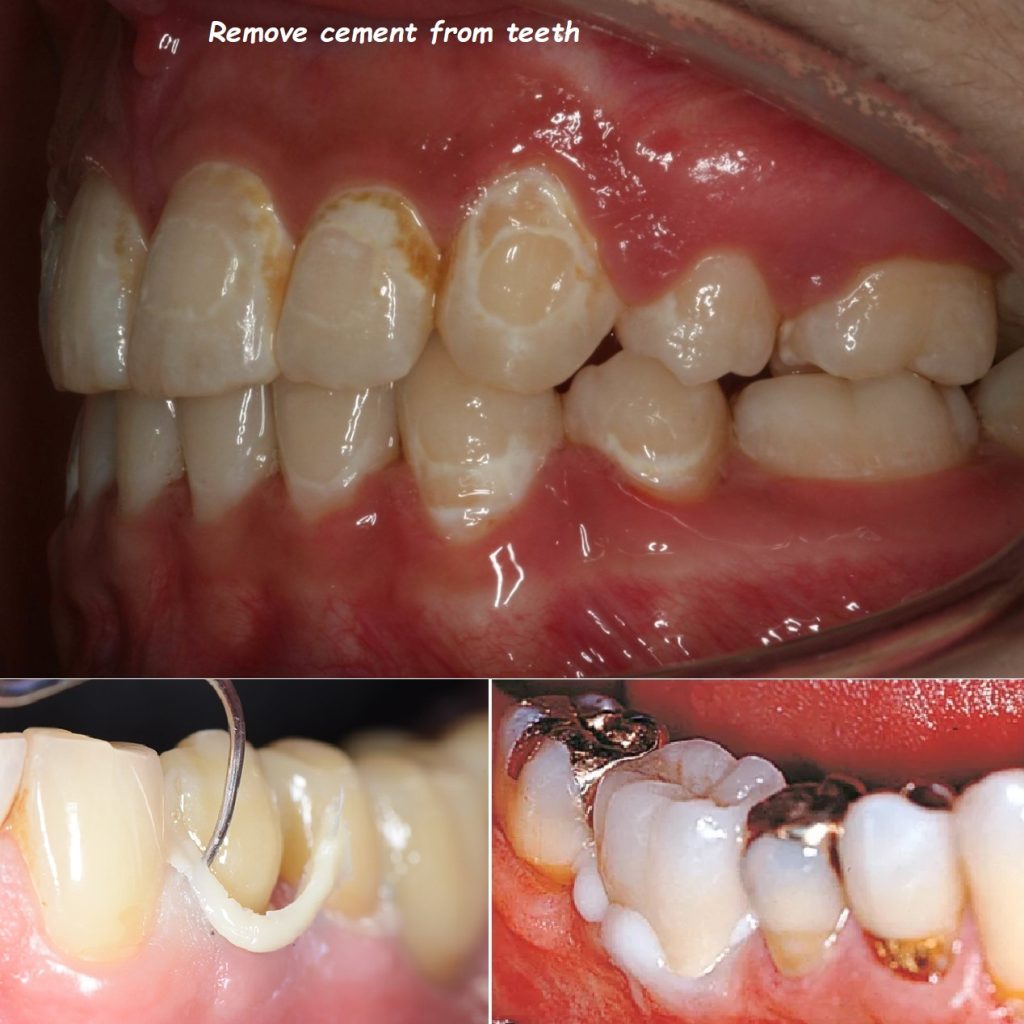what is teeth made of

Teeth are an essential part of the human body, playing crucial roles in eating, speaking, and maintaining overall oral health. While teeth may seem like simple structures, they are actually composed of several complex layers and tissues. Understanding what teeth are made of can provide valuable insights into their function, care, and maintenance. This comprehensive guide will delve into the anatomy of teeth, the materials they are made of, their development, and how to keep them healthy.
Anatomy of a Tooth
A tooth consists of several distinct parts, each with its unique structure and function. These parts include:
1. Enamel
Enamel is the hard, outermost layer of the tooth. It is the most mineralized and hardest tissue in the human body, composed primarily of hydroxyapatite, a crystalline calcium phosphate. Enamel protects the inner layers of the tooth from decay and damage caused by chewing, biting, and exposure to acids from food and bacteria.
2. Dentin
Dentin lies beneath the enamel and forms the bulk of the tooth structure. It is a yellowish, porous tissue composed of microscopic tubules that transmit signals and nutrients to and from the inner pulp. Dentin is less hard than enamel but still provides significant strength and support to the tooth. It is composed mainly of hydroxyapatite crystals, collagen fibres, and water.
3. Cementum
Cementum is a specialized, calcified tissue covering the tooth’s root. It helps anchor the tooth to the surrounding alveolar bone by attaching to the periodontal ligament. Cementum is less hard than both enamel and dentin and is composed of hydroxyapatite, collagen, and water. It plays a critical role in maintaining the stability and integrity of the tooth within the jaw.
4. Pulp
The pulp is the innermost part of the tooth, consisting of soft tissue that contains nerves, blood vessels, and connective tissue. The pulp extends from the crown to the root, nourishes the tooth, and provides sensory function. It is essential for the formation and growth of the tooth during development and plays a vital role in responding to injury or infection.
5. Periodontal Ligament
The periodontal ligament is a network of fibrous connective tissue that surrounds the tooth’s root and connects it to the alveolar bone. It acts as a shock absorber during chewing and helps maintain the position and stability of the tooth within the jaw.
The Development of Teeth
Teeth develop through a complex process called odontogenesis, which begins in the embryonic stage and continues into early adulthood. This process involves several stages:
1. Initiation Stage
Tooth development begins with the formation of dental lamina, a band of epithelial tissue that gives rise to the tooth buds. These buds will eventually form the primary (baby) and permanent (adult) teeth.
2. Bud Stage
During the bud stage, the tooth buds grow and differentiate into the various parts of the tooth. The enamel organ, dental papilla, and dental sac are formed, which will eventually give rise to the enamel, dentin, pulp, and supporting structures.
3. Cap Stage
In the cap stage, the enamel organ takes on a cap-like shape, and the dental papilla and dental sac continue to develop. The cells within these structures begin to specialize and lay down the initial layers of enamel and dentin.
4. Bell Stage
The bell stage is characterized by further differentiation and maturation of the tooth structures. The enamel organ takes on a bell shape, and the formation of the dentin and enamel continues. The dental papilla becomes the pulp, and the dental sac develops into the cementum and periodontal ligament.
5. Crown and Root Formation
The final stages of tooth development involve crown and root formation. Enamel and dentin are deposited in layers, and the root elongates and matures. The tooth erupts into the oral cavity, and the formation of the root continues until it is fully developed.
The Composition of Teeth
Teeth are composed of a combination of organic and inorganic materials, each contributing to their strength, durability, and function.
Inorganic Components
The inorganic components of teeth are primarily made up of hydroxyapatite crystals, which provide hardness and strength. Hydroxyapatite is a crystalline calcium phosphate that forms the bulk of the enamel, dentin, and cementum. The high mineral content of enamel makes it the hardest substance in the human body, while dentin and cementum have lower mineral content and are, therefore, less hard.
Organic Components
The organic components of teeth include collagen, non-collagenous proteins, and water. Collagen is a fibrous protein that provides tensile strength and resilience to the dentin and cementum. Non-collagenous proteins play various roles in the formation and maintenance of the tooth structure. Water is essential for the hydration and function of the dental tissues.
Functions of Different Tooth Structures
Each part of the tooth has a specific function that contributes to overall oral health and the ability to perform essential tasks such as chewing and speaking.
Enamel
Enamel’s primary function is to protect the inner layers of the tooth from physical damage and decay. Its hardness allows it to withstand the forces of chewing and biting, while its smooth surface helps prevent the buildup of plaque and bacteria.
Dentin
Dentin provides structural support to the enamel and helps absorb the forces generated during chewing. The tubules within the dentin transmit sensory signals, such as pain or temperature changes, to the pulp, allowing the tooth to respond to various stimuli.
Cementum
The cementum anchors the tooth to the alveolar bone by attaching to the periodontal ligament. It plays a critical role in maintaining the stability and integrity of the tooth within the jaw, especially during chewing and other oral activities.
Pulp
The pulp nourishes the tooth by supplying it with essential nutrients and oxygen through its blood vessels. It also provides sensory function, allowing the tooth to detect pain, pressure, and temperature changes. Additionally, the pulp plays a vital role in the formation and repair of the tooth throughout its life.
Periodontal Ligament
The periodontal ligament acts as a shock absorber, distributing the forces generated during chewing and biting to protect the tooth and surrounding bone. It also helps maintain the tooth’s position and stability within the jaw, preventing it from becoming loose or misaligned.
Common Dental Issues and Their Impact on Tooth Structure
Understanding the composition and function of teeth can help identify common dental issues and their impact on tooth structure. Some of these issues include:
Tooth Decay (Cavities)
Tooth decay occurs when acids produced by bacteria in the mouth erode the enamel and dentin, leading to cavities. If left untreated, decay can progress to the pulp, causing pain and infection.
Gum Disease (Periodontal Disease)
Gum disease is an infection of the gums and supporting structures, including the periodontal ligament and alveolar bone. If not properly managed, it can lead to gum recession, tooth mobility, and tooth loss.
Tooth Sensitivity
Tooth sensitivity occurs when the enamel is worn down or the gums recede, exposing the underlying dentin and its tubules. This exposure allows external stimuli, such as hot or cold temperatures, to reach the nerves in the pulp, causing pain or discomfort.
Tooth Erosion
Tooth erosion is the loss of enamel caused by exposure to acids from food, beverages, or stomach acid (in cases of acid reflux or bulimia). It weakens the tooth structure and increases the risk of decay and sensitivity.
Cracked or Fractured Teeth
Cracks or fractures in the tooth structure can result from trauma, grinding, or biting on hard objects. These issues can compromise the integrity of the tooth and expose the pulp to potential infection.
Maintaining Healthy Teeth
To keep teeth healthy and prevent dental issues, practising good oral hygiene and making informed lifestyle choices is essential. Some key practices include:
Brushing and Flossing
Brushing twice a day with fluoride toothpaste and flossing daily help remove plaque and prevent the buildup of bacteria that can lead to decay and gum disease.
Regular Dental Check-Ups
Visiting the dentist regularly for check-ups and professional cleanings can help identify and address dental issues early, preventing more severe problems from developing.
Healthy Diet
A balanced diet that limits sugary and acidic foods and beverages can help protect the enamel and overall tooth structure. Foods rich in calcium and phosphate, such as dairy products and leafy greens, can also support dental health.
Avoiding Harmful Habits
Avoiding habits such as smoking, excessive alcohol consumption, and teeth grinding can help protect the teeth and gums from damage and disease.
Using Dental Products with Fluoride
Fluoride helps strengthen the enamel and prevent decay. Using fluoride toothpaste, mouth rinses, and drinking fluoridated water can provide additional protection for the teeth.
Conclusion
Teeth are complex structures composed of various tissues, each with its unique function and composition. Understanding what teeth are made of and how they develop can provide valuable insights into their care and maintenance. By practising good oral hygiene, making healthy lifestyle choices, and seeking regular dental care, individuals can protect their teeth from common dental issues and enjoy a lifetime of healthy smiles.









